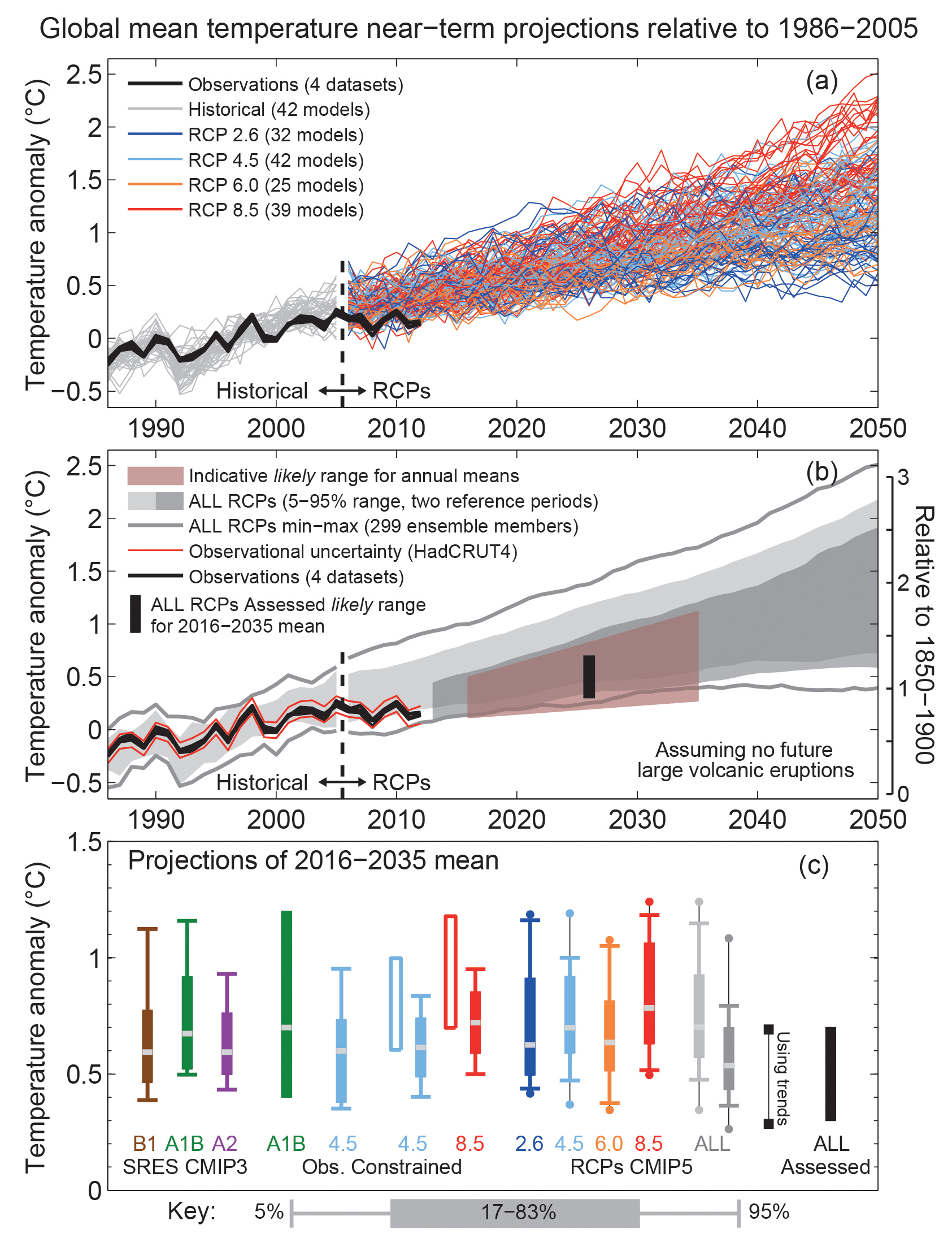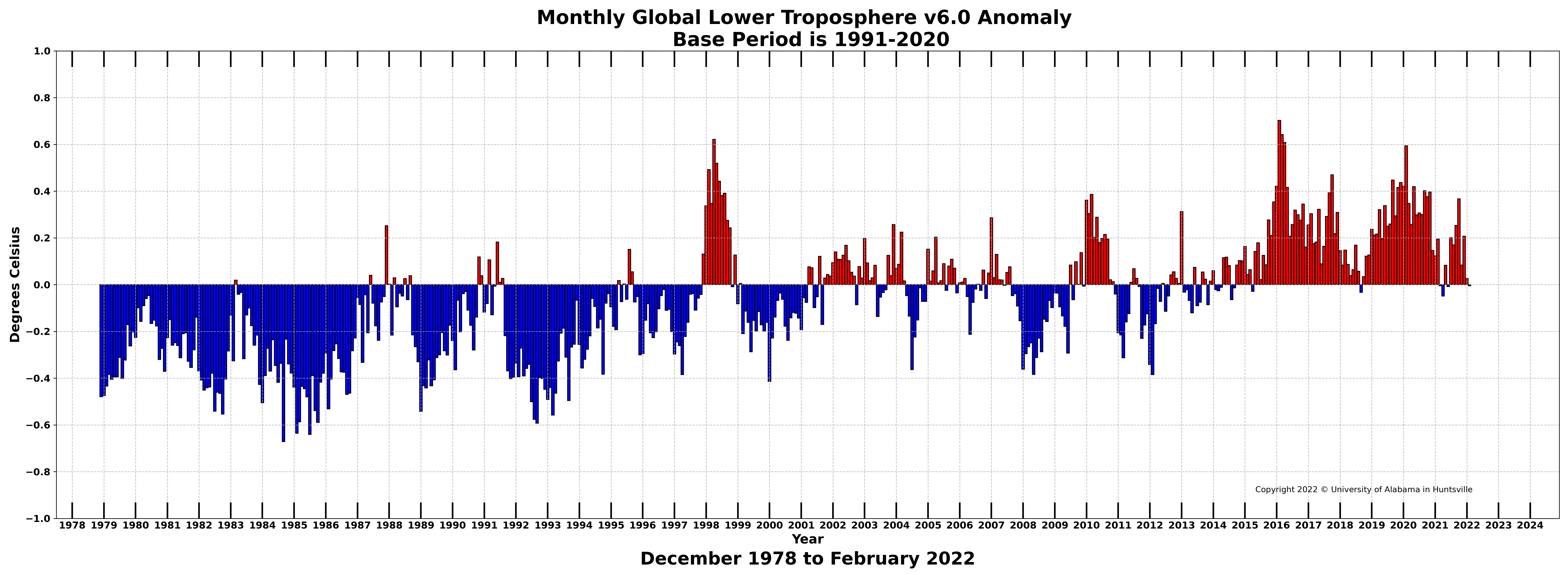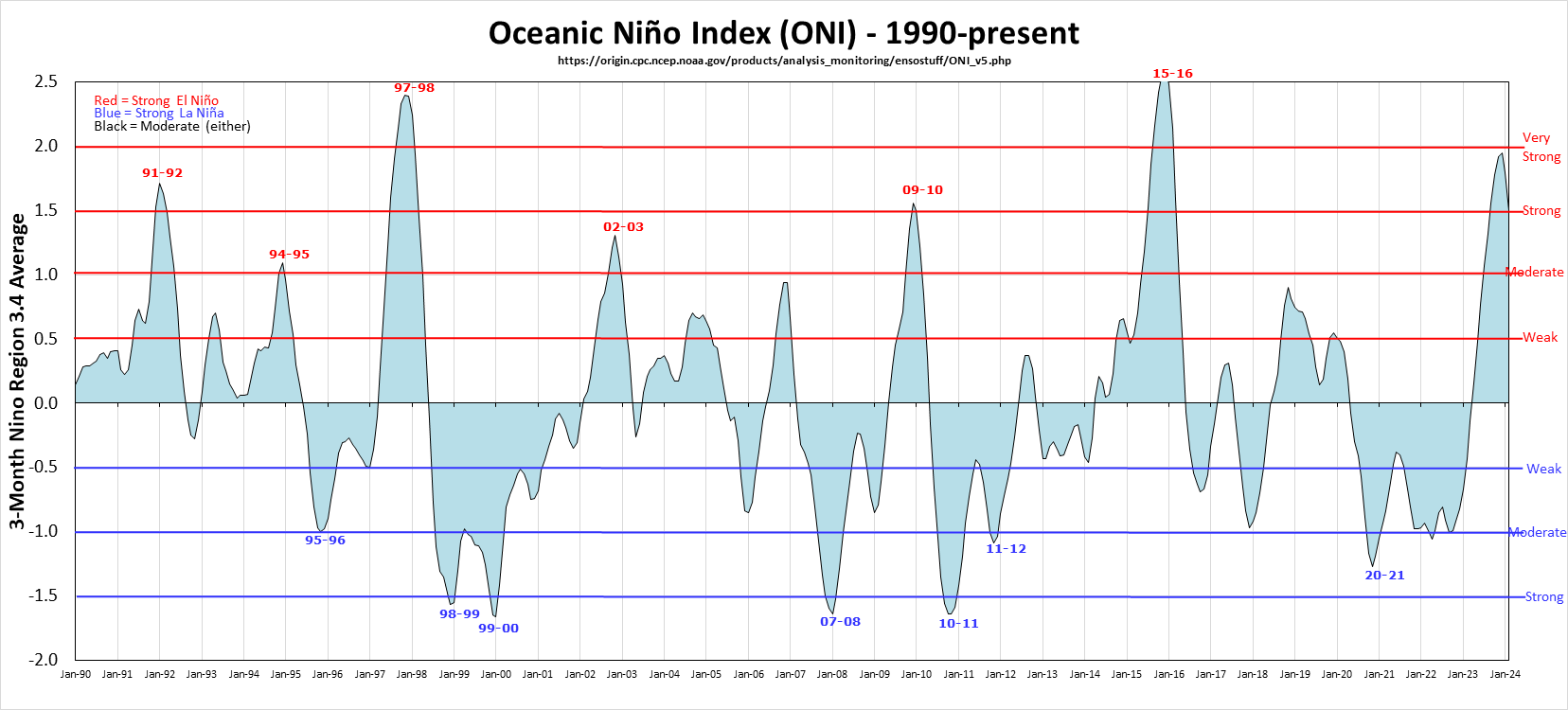See also here for more recent comparison of models to measured temperatures (June 2020).
The best aggregate resource for current data and time series is at the Watts Up With That website Reference Pages. The website is skeptical of climate change claims, but the reference pages and graphs all link directly to the climate data of various climate science organizations.
Here are a few links to websites of climate measurements, all from prominent scientific organizations.
Remote Sensing Systems (RSS) Upper Air Temperature Time Series
RSS Air Temperature website
NASA GISTEMP
Berkley Earth Land and Ocean Data
NOAA Global Time Series
NOAA National (U.S.) Temperature Index Time Series
Tide Gauge Sea Level (CU)
The best aggregate resource for current data and time series is at the Watts Up With That website Reference Pages. The website is skeptical of climate change claims, but the reference pages and graphs all link directly to the climate data of various climate science organizations.
Here are a few links to websites of climate measurements, all from prominent scientific organizations.
Global temperatures measured by satellite, 1979–present
Global Temperature Report (UAH)Remote Sensing Systems (RSS) Upper Air Temperature Time Series
RSS Air Temperature website
Global temperatures measured by ground stations, 1850–present
HadCRUT4 temperatureNASA GISTEMP
Berkley Earth Land and Ocean Data
NOAA Global Time Series
NOAA National (U.S.) Temperature Index Time Series
Global sea level rise measured by satellite, 1993–present
Global Mean Sea Level Time Series (CU)Global sea level rise measured by tide gauges, 1807–2013
NASA Vital Signs: Sea Level (satellite and tide gauge)Tide Gauge Sea Level (CU)





